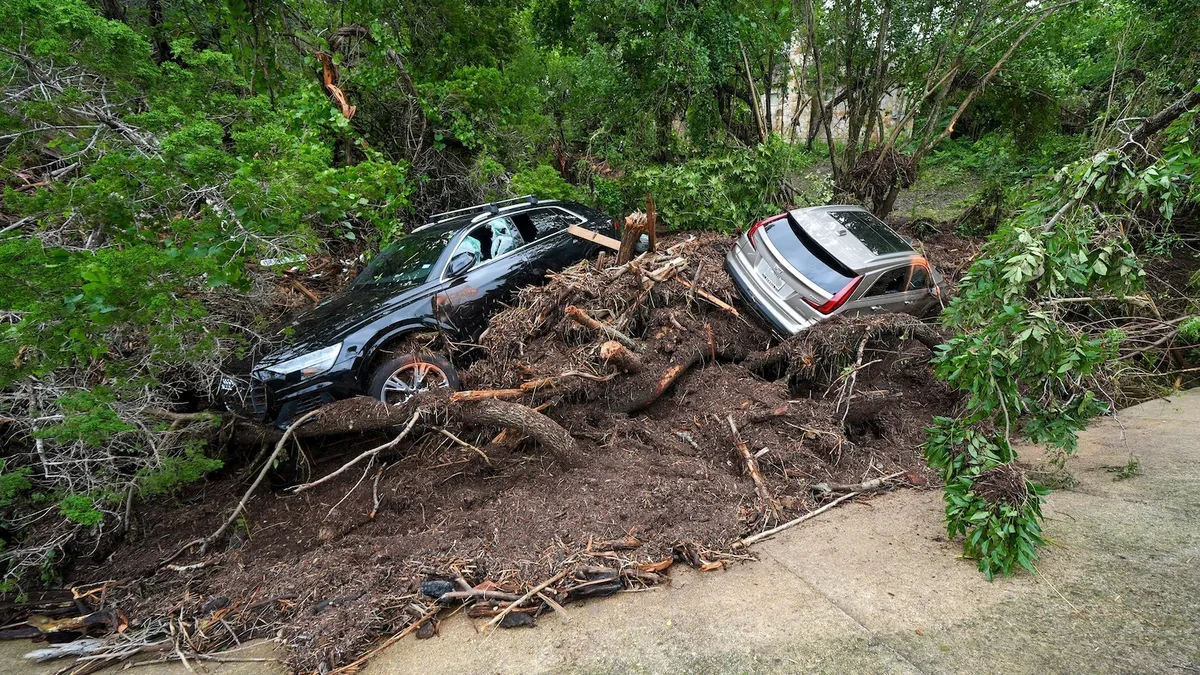
Over the years, the Kerr County Commission has engaged in extensive discussions about the implementation of a new flood warning system. Some commissioners proposed that the existing river calling method, an informal communication network utilized by summer camps, might be a more effective solution than installing new flood sirens, flashing lights, or signs. Commissioner Bob Reeves noted during a 2016 meeting that the summer camps have developed a highly effective system where they promptly notify each other of any river rises. “If there's a rise, they're phoning their competitors or colleagues down river and letting them know what happened,” he stated, emphasizing the reliability of this informal network.
Former Kerr County Sheriff W.R. Hierholzer supported this point, highlighting how the informal communication among camps successfully alerts each other of potential dangers. However, he also warned that the river can rise suddenly, underscoring the need for a more robust system. “It's informal, but it's been a very good system,” he said, acknowledging both the strengths and weaknesses of the current method. At a 2017 meeting, another commissioner expressed skepticism about the idea of installing flood sirens, humorously stating, “the thought of our beautiful Kerr County having these damn sirens going off in the middle of the night, I'm going to have to start drinking again to put up with y'all.”
Despite the informal success of the river calling system, some commissioners voiced concerns about its reliability. Kerr County Commissioner Jonathan Letz pointed out in 2016, “We have a warning system out there that may or may not work.” He emphasized that the county is "very flood prone" and suggested that it is a duty to evaluate the existing system critically. This acknowledgment of vulnerability was echoed by other commissioners, who noted that nearby counties with lower flood risk had already implemented upgraded flood warning systems.
In response to these concerns, Kerr County Commissioners decided to apply for FEMA funding, which was made available following President Barack Obama’s disaster declaration in 2017. However, some county officials expressed frustration about relying on federal funds from the Obama administration. Discussions ensued about potential exit strategies should they receive a FEMA grant. “Our other option is don’t do anything, which is an option. I mean we can just stick with what we have,” one commissioner remarked, alluding to the existing system of 20 High Water Detection System crossings—nine maintained by the Texas Department of Transportation and 11 by the GBRA.
Support for applying for the federal grant was mixed. One commissioner supported the application but clarified that it was intended as a “straw man” to meet requirements, indicating that it would be reevaluated in the future. Commissioners recognized that the urgency of the situation necessitated a rushed process to meet the looming deadline associated with the Obama Administration's funding opportunities.
Ultimately, Kerr County was not selected by the Texas Division of Emergency Management to receive federal funds from FEMA's Hazard Mitigation Assistance Program. This decision left many in the community wondering about the future of flood preparedness and the effectiveness of the current warning systems in place. The discussions around Kerr County’s flood warning system highlight the ongoing challenges faced by local governments in balancing informal and formal emergency response strategies while ensuring the safety of their residents.